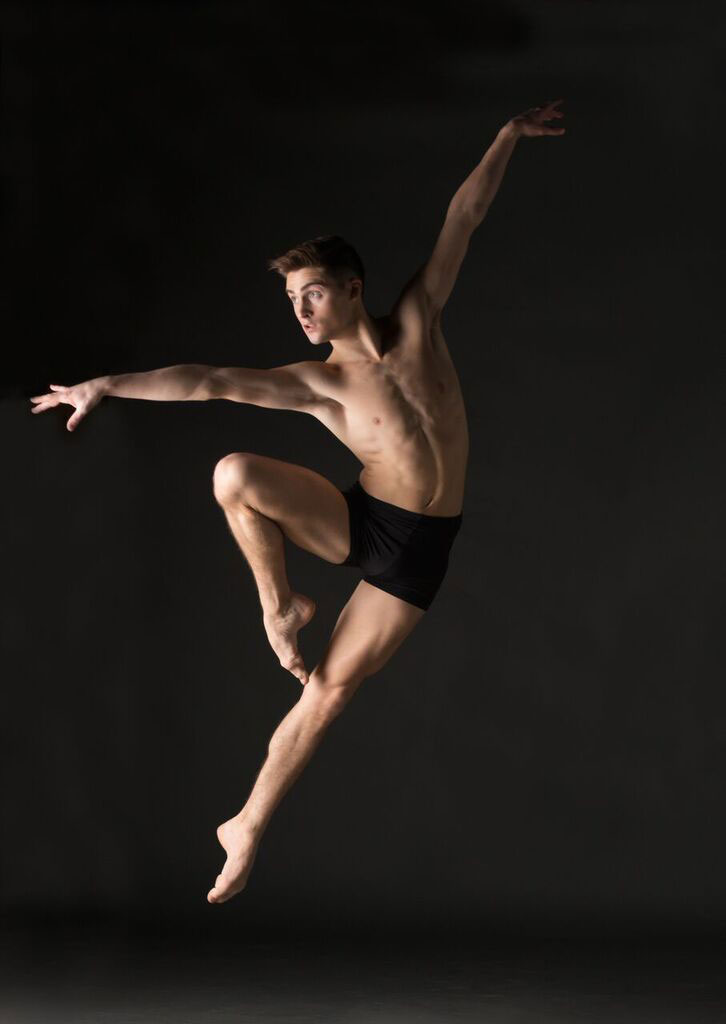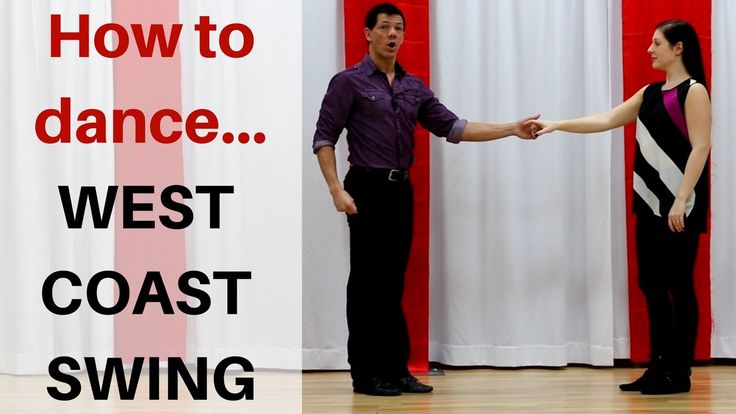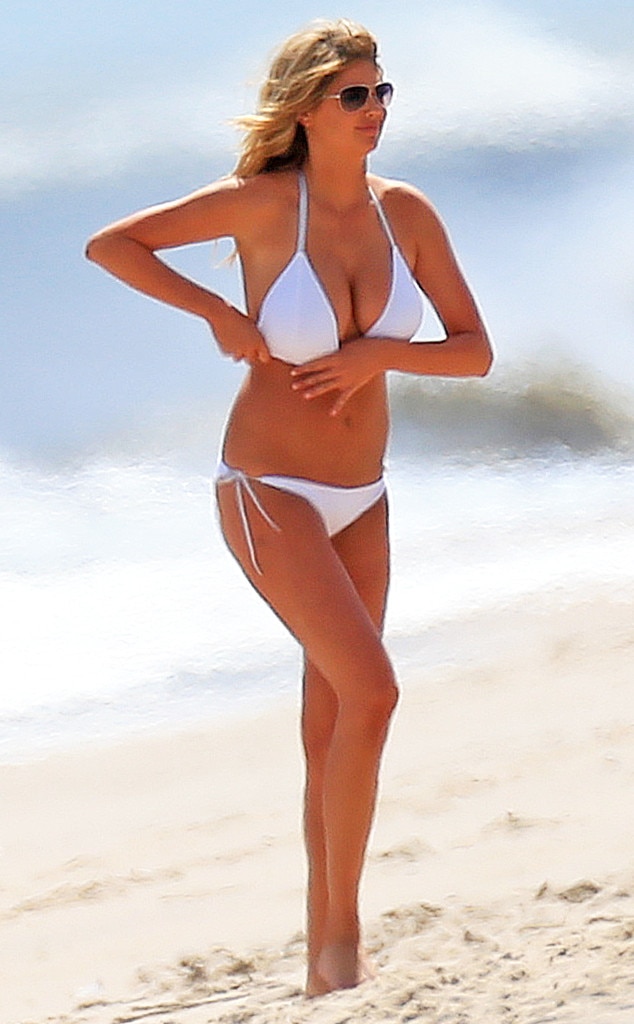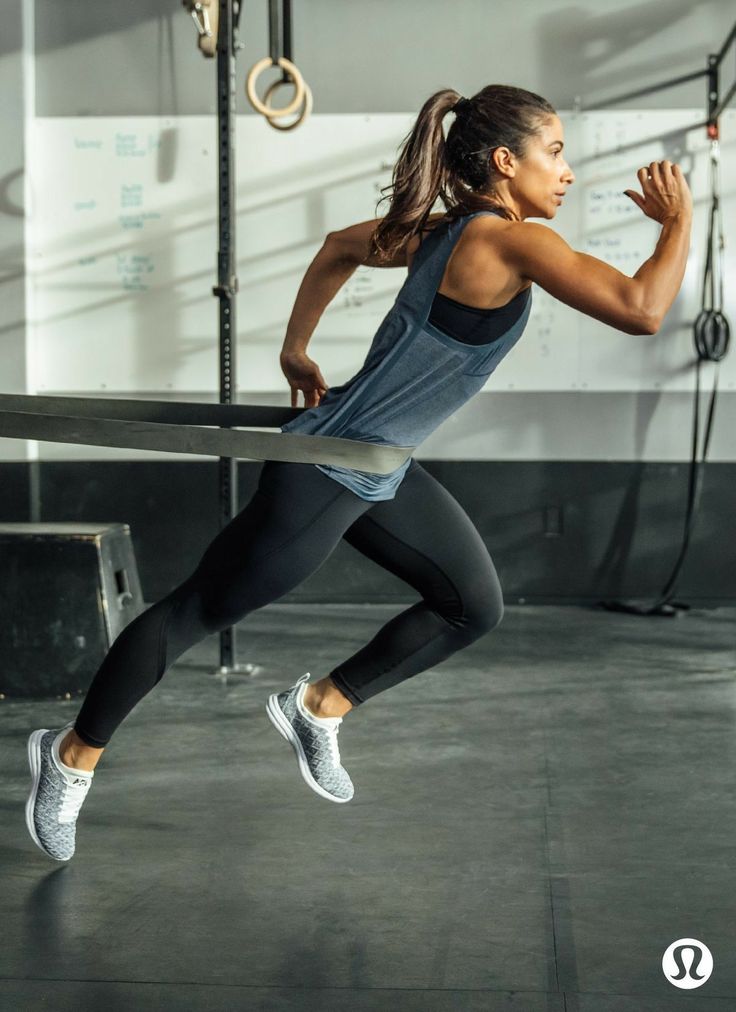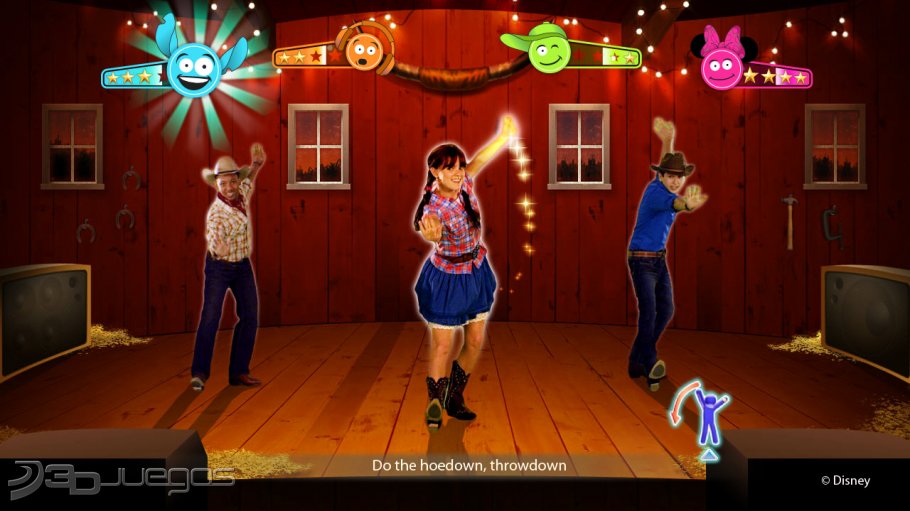How to get a ballet dancer body
How to Get a Ballerina's Body (According to trainers)
Known for their beauty and grace, ballerina’s have a distinctive body-type that comes from years of specific training.
Whether you want to become a ballerina yourself or you simply admire the body, it IS possible to approximate the look of these incredible dancers.
But a word of warning: It’s going to be hard work!
So how can you get a body like a ballerina?
To get the long, lean, and toned body of a ballerina, your best bet is to spend a lot of time on strength and flexibility. Yoga and Pilates are perfect for both, but you can also supplement with some high-rep strength training in the gym.
You’ll also need to perform lots of cardio, specifically dancing! It’ll help you lean down and develop grace and fluidity to go with the toned physique.
I asked a few fitness instructors and dance instructors for their best tips on how to get a ballerina’s physique, and here’s what they said.
What Are the Hallmarks of the Ballerina Physique?
There are many words that come to mind when you think of a ballerina: light, elegant, graceful, dainty.
But strong? Toned? Muscular?
Those last three rarely spring to the front of your thoughts — but they’re true, too.
Ballerinas may not do heavy weight training, but they have extremely powerful bodies capable of incredible grace and movement.
As Tori Hall, a Pilates instructor and former ballerina dancer lays out:
“Dancers all have amazing legs because they use them in all planes of motion. Most of our daily activities happen in the sagittal plane, such as walking.”
There’s lots of muscle definition there via strength, endurance and agility — it’s just not always obvious because it’s hidden under tights and the muscles are elongated and appear leaner.
But it’s not all about the legs, as dancing is really a full-body workout that tones you up and improves your posture and overall health.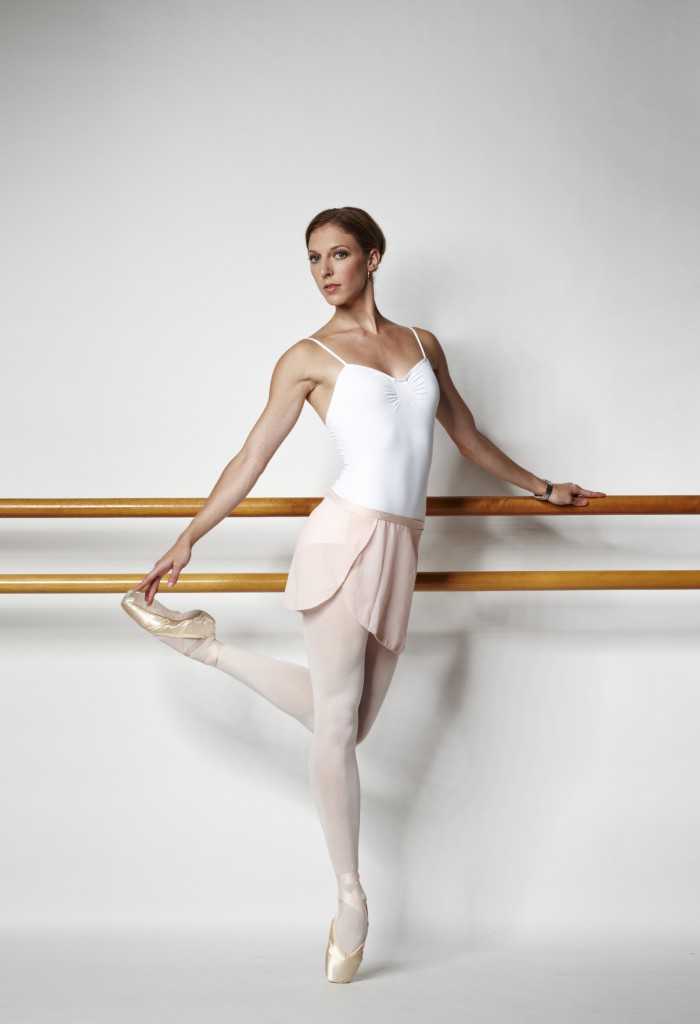
Ballerinas and other professional dancers also carry excellent strength and muscle tone in their upper body and core.
Donna Flagg, a classically trained ballerina and teacher, creator and founder of the Lastics Stretch Technique, refers to the dance as “constant cardio”.
The end result is:
- A lean but strong body
- Superior stretching ability
- High endurance
- Fantastic heart health
- Great posture and fluid movements
- Leg strength and muscle definition
Sound good? Of course it does!
You may not be able to train full-time with the help of a professional coach, but if you covet the long and lean ballerina’s physique, here are a few tips to guide your training.
8 Training Tips for a Ballerina Body
There’s a lot more to the ballerina body than just being dainty.
You need to focus on building and elongating your muscles, increasing stamina and strength, and you’ll have to work on your posture, too.
Let’s take a look at how you can get it done.
#1. Eat Well to Fuel Your Body
Donna Flags bluntly states, “We (ballerinas) tend to obsess about food.”
While there are ways this can and does go overboard, eating a healthy and balanced diet is still incredibly important.
You want to take in a diet rich in nutrients, including the nutrients that social media fitness gurus tell you are “bad”.
There are no bad nutrients, only bad ways to get them.
Instead of eating empty carbs like bagels and pastries, eat complex carbs like beans and whole wheat bread — they’ll be better fuel for your workouts.
Fats? Go for the healthy ones via fatty fish, not processed fats like those found in fried foods.
It’d also be a good idea to cut out liquid calories like alcohol, fruit juice and carbonated beverages.
Don’t limit yourself too much when it comes to what you can and can’t eat; you can still enjoy your favorite treats in moderation.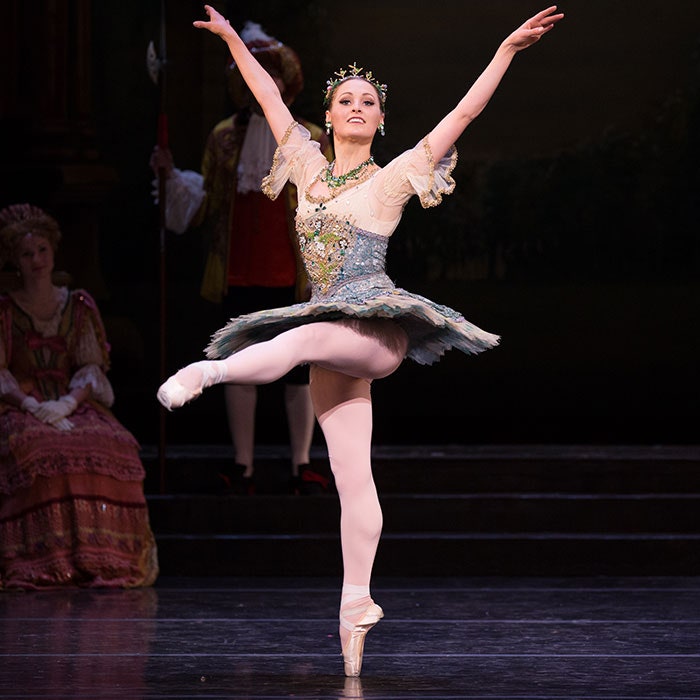
Yes, ballerinas tend to be lean and extremely toned — so if that’s the look you want, you may need to eat in a caloric deficit to lose some fat.
But with the prevalence of eating disorders related to dancing, you might want to consider working with a professional dietician or nutritionist to be as safe as possible.
The most important thing is fueling your body so you can crush your gym and dance workouts.
#2. Take a Dance Class
Not everyone wanting a ballerina body is actually a ballerina.
Some of you never plan to become one, either — but that doesn’t mean you shouldn’t take a dance class every once in a while, or ideally once a week.
Taking a dance class is a fantastic way to burn calories, develop the range of motion and agility of a dancer, and build insane stamina.
Dancing helps you develop better posture, too.
There are plenty of adult beginner ballet classes that will generally be your best option here, but you can take other forms of dance too.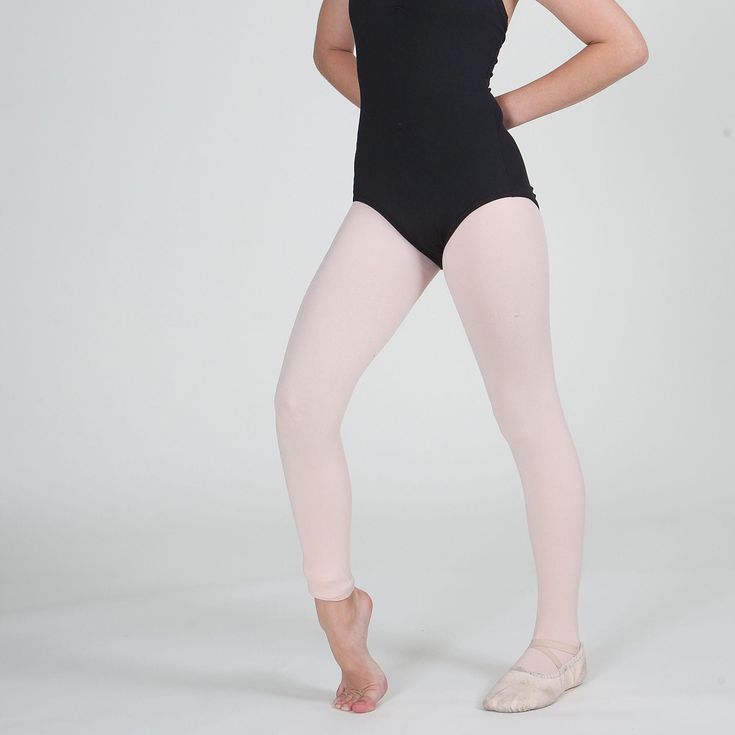
Make sure your dancing is similar enough to ballet to work the same muscles and give you the same benefits.
For example, modern dance is an okay alternative based on the flowing movements in it, but hip-hop is too different from ballet to suffice.
#3. Don’t Overlook Home Workouts
One of the best things about trying to covet a ballerina body is that the workout isn’t confined to dance glasses or even a gym.
There are some exercises you can do at home, too.
Here’s what Tori Hall recommends:
“Lateral lunges and plie squats with the feet turned out.
“Any movements to the side or in a slightly turned out position will help develop the inner thighs and outside of the glutes.”
These are easy to fit into your schedule. You can do them in one long session of intense reps, or you can do them on and off throughout the day.
Do the dishes, then do some pile squats.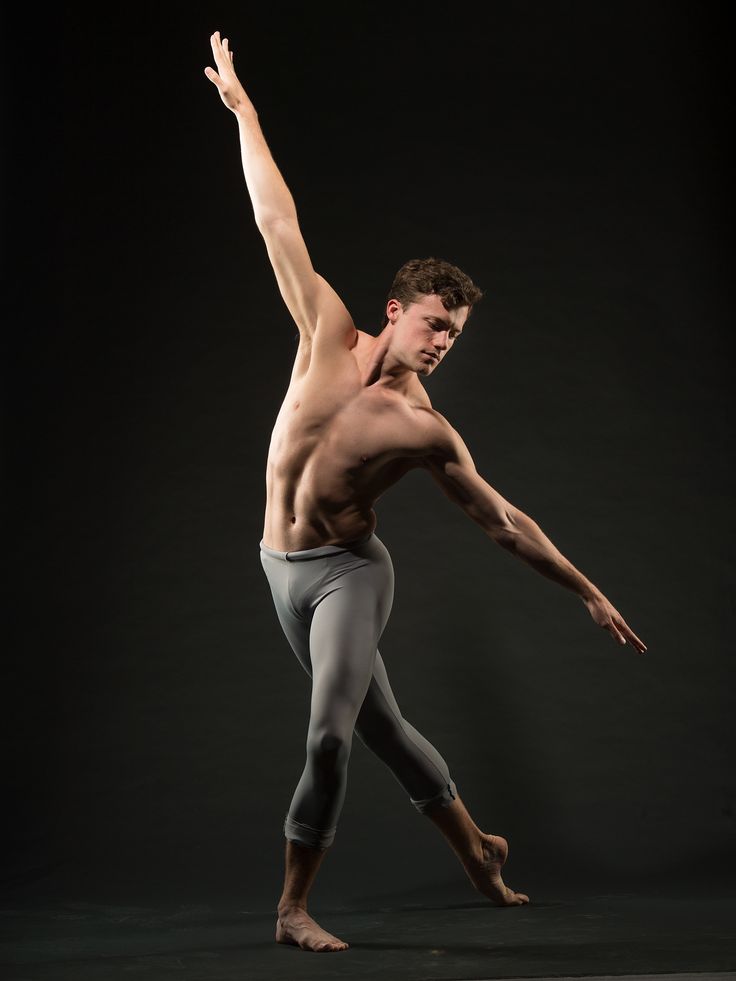
Send an email, do a few lateral lunges.
You’re always working your way towards that ballerina body whether you’re training intensely or casually working those muscles.
#4. Incorporate Plenty of Gym Workouts
The ballet body isn’t built only in the dance studio.
While the home workouts above work well, the gym can help speed things along and improve your results.
Going to the gym also helps if you need structure to be motivated to work out.
At the gym you can continue doing those lateral lunges and pile squats, and there may be ankle or hand weights there that you can use, too, to increase the difficulty of those movements.
Here’s what Tori Hall has to say:
“Professional dancers are dancing for 6-7 hours a day and they rarely do heavy weight training in order to maintain their lithe appearance.
“However if you’re a regular person with only an hour to get in and out of the gym I recommend adding some weight to speed up the process for muscle development.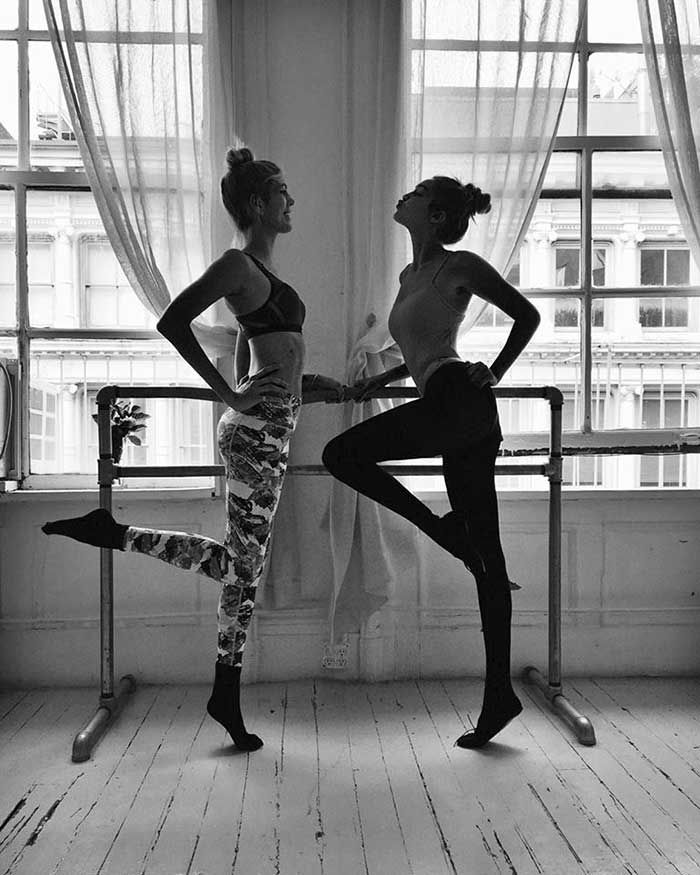 Ankle weights can also be a good option.”
Ankle weights can also be a good option.”
Alongside those movements with the ankle weights you may want to consider doing some very light leg work on some machines; work the thighs, calves, and glutes.
You can also consider lifting some light dumbbells to give you more arm strength — high reps of dumbbell curls and lateral raises work well for endurance, range of motion and toning.
The most important thing to remember is to avoid building up bulging muscles.
Focus on muscular endurance and see how long you can last with any exercise — go to exhaustion and try and increase your reps and sets without adding more weight or resistance.
#5. Do Lots of Cardio
Cardio is a must for the ballerina physique.
It helps you increase your stamina, shed excess weight, and get leaner without adding bulky muscles.
Donna Flagg says ballet is “whole body weight work all the time, combined with constant cardio. So the muscles are working and calories are burning at the same time.”
So the muscles are working and calories are burning at the same time.”
Pick your favorite cardio option, whether it’s:
- Running
- The elliptical
- The StairMaster
- Spin class
- Boxing
- Or something else!
You can even mix and match all different kinds of cardio for exceptional results.
#6. Practice Pilates
Tori Hall says “I may be a little biased but I highly recommend Pilates as well!
“Professional ballet dancers have a certain air about them created by amazing posture. A great Pilates instructor will help you find your perfect posture and strengthen your posterior chain.”
Many gyms offer Pilates classes along with your membership, or you can join up at a Pilates studio like Club Pilates.
(See more about Pilates studios vs gym Pilates.)
If you’d rather go it alone, YouTube is packed with follow-along Pilates lessons and sessions.
Engaging in Pilates will help with your range of motion.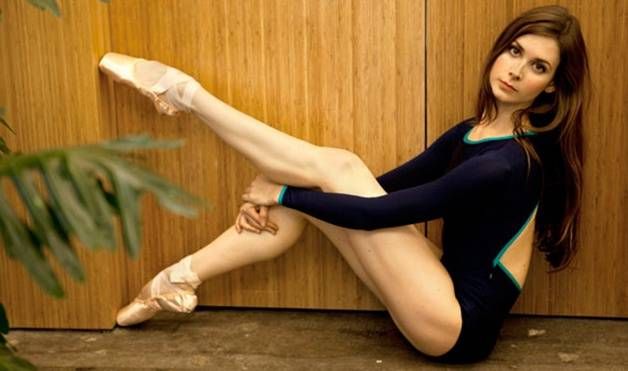
It helps you stretch and elongate your muscles, but more importantly, it adds strength endurance to your muscle tone without excess bulk.
It can help you achieve a healthy and graceful posture, too. You’ll end up looking like a dancer and holding yourself like one.
A few sessions a week should be plenty to help you on your way to the physique, with a minimum of one weekly session if you’re struggling to find the time.
Pairing Pilates with some of the other classes recommended in these tips would be ideal if you’re only doing one Pilates session per week.
(Learn more about the results you can see from Pilates in one month or more.)
#7. Dive Into Yoga
While Pilates can help with flexibility and strength, it doesn’t focus on fluidity.
So, alongside Pilates you should consider taking yoga classes.
One Pilates class and one yoga class per week is a good starting point — but if you’re only going to do one of the activities, then 2 – 3 sessions of your chosen workout is ideal.
During your yoga sessions, you should focus on smooth transitions between poses, or “flow.”
This will help you move like a ballerina, graceful and smooth.
Yoga is also great for building endurance as you learn to hold poses and stretches for longer and longer.
As your muscles elongate with your yoga poses, they also strengthen.
If classes aren’t for you then consider following along with an instructor on YouTube, like Yoga With Adriene who produces 30-day runs of daily yoga sessions.
#8. Adopt a Stretching Regimen
Donna Flagg says, “Dancers stretch… a lot!”
So while you’re busy toning your muscles and working on your dancing endurance, don’t forget stretching and recovery.
It’s a crucial component of your flexibility training, even if you’re doing regular yoga and Pilates, too.
You can get even more out of your stretches by taking a lastics stretch class.
It was created by a dancer, for dancers, so it’s perfectly designed for people who want to obtain a ballerina’s body.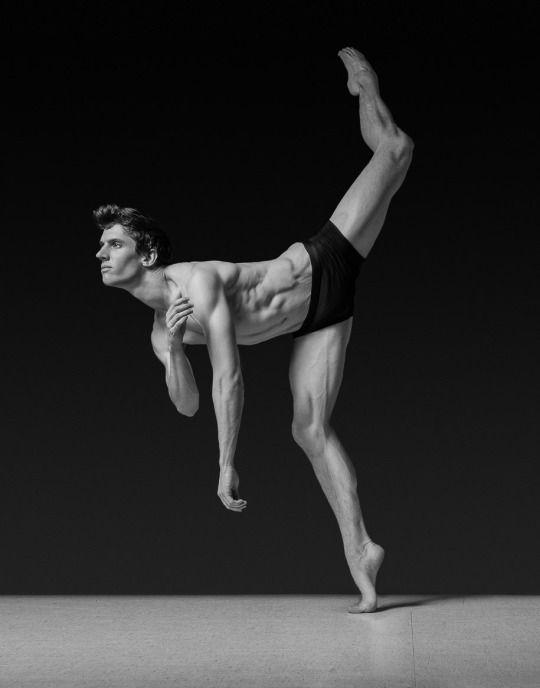
Lastics stretching works to lengthen your muscles so you can build strength without building bulk, and helps you learn to bend and stretch “like a rubber band.”
Learn more about the amazing results you can get from stretching regularly.
Wrapping Up
The keys to a ballerina physique, again:
- A heavy emphasis on flexibility and fluidity
- Regular yoga and/or Pilates
- High-rep strength work in the gym
- Tons of dancing and/or other cardio
To really look like a ballerina, you’ll have to get quite lean and lose some fat — it’s best and safest to work with a professional dietician to find a plan that works for you.
But otherwise, you’ll need to eat plenty of nutritious foods to fuel your intense workouts!
After all of this training, you’ll gain a new appreciation for just how hard ballet dancers work.
For more, check out:
- How to get a sprinter’s body
- How to get a distance runner’s body
- How to get a swimmer’s body
- How to get a rower’s body
- How to get a soccer body
- How to get a K-pop idol body
Hope this helps!
10 Moves to Give You a Toned Physique Like a Ballet Dancer
- Wellness
- Fitness
By
Kim Grundy
Kim Grundy
Kim is an experienced writer and editor, as well as a licensed physical therapist.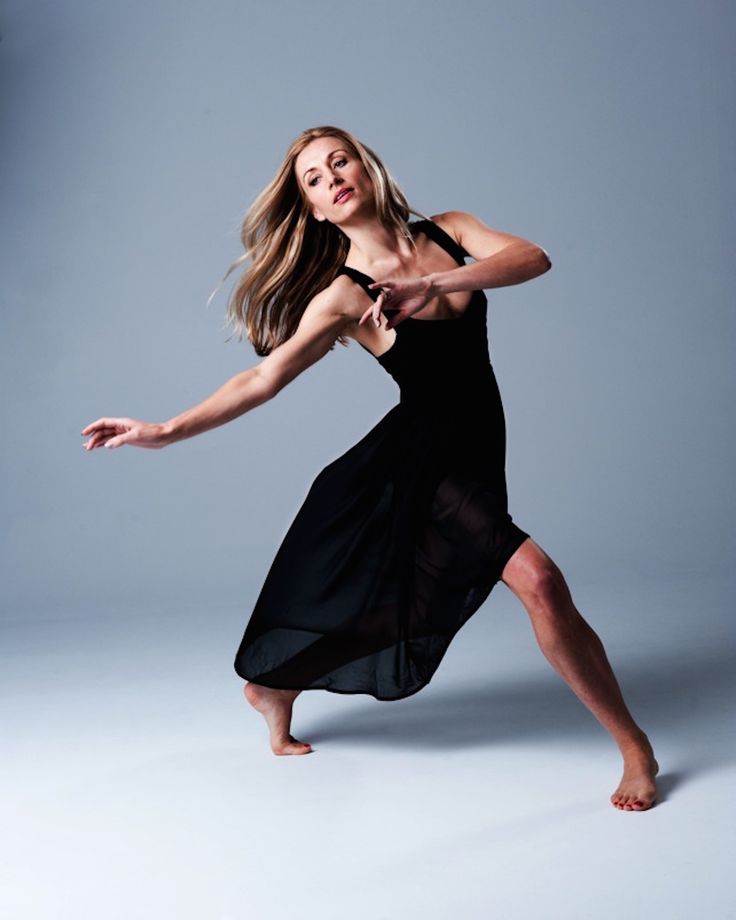 She has been published in USA Today, Parents, Livestrong, SheKnows, Fit Pregnancy, Byrdie and more.
She has been published in USA Today, Parents, Livestrong, SheKnows, Fit Pregnancy, Byrdie and more.
Byrdie's Editorial Guidelines
Updated on Mar 02, 2022
Reviewed by
Joe Masiello
Reviewed by Joe Masiello
Joe Masiello is a certified strength and conditioning specialist (CSCS) and medical exercise specialist (MES) with more than 20 years of fitness industry experience.
About Byrdie's Beauty & Wellness Board
Certified Strength and Conditioning Specialist
Fact checked by
Lisa Sullivan
Fact checked by Lisa Sullivan
Lisa Sullivan, MS, is a nutritionist and health and wellness educator with nearly 20 years of experience in the healthcare industry.
LEARN ABOUT BYRDIE'S EDITORIAL GUIDELINES
JOVELL RENNIE / Stocksy
Ballerinas have a way of carrying themselves with grace, strength, and confidence. Their training not only teaches them poise but also works their bodies in a way that creates long and lean muscles. You, too, can train like a ballerina (minus the bruised toes and fierce competition) with these ballet exercises that will sculpt and strengthen your entire body. “It’s a method of movement that allows you to connect to the body, to sculpt a feminine physique, to balance posture, and to burn calories without heavy impact,” says Christine Bullock, former ballerina, and creator of Evolution 20.
Their training not only teaches them poise but also works their bodies in a way that creates long and lean muscles. You, too, can train like a ballerina (minus the bruised toes and fierce competition) with these ballet exercises that will sculpt and strengthen your entire body. “It’s a method of movement that allows you to connect to the body, to sculpt a feminine physique, to balance posture, and to burn calories without heavy impact,” says Christine Bullock, former ballerina, and creator of Evolution 20.
Ballet dancer and director of the Steezy Studio Brittany Cavaco agrees, adding that ballet gives you strength, flexibility, coordination, endurance, and lots of energy. “I find that even doing just 20 minutes of a ballet barre or ballet toning class gives me a lot of mental clarity,” she says. “The repetition of the movements, along with the artistry, allows you to do a full-body workout without even realizing it.”
Ready to get started? Here are 10 total-body exercises to get you a toned physique like a ballet dancer’s.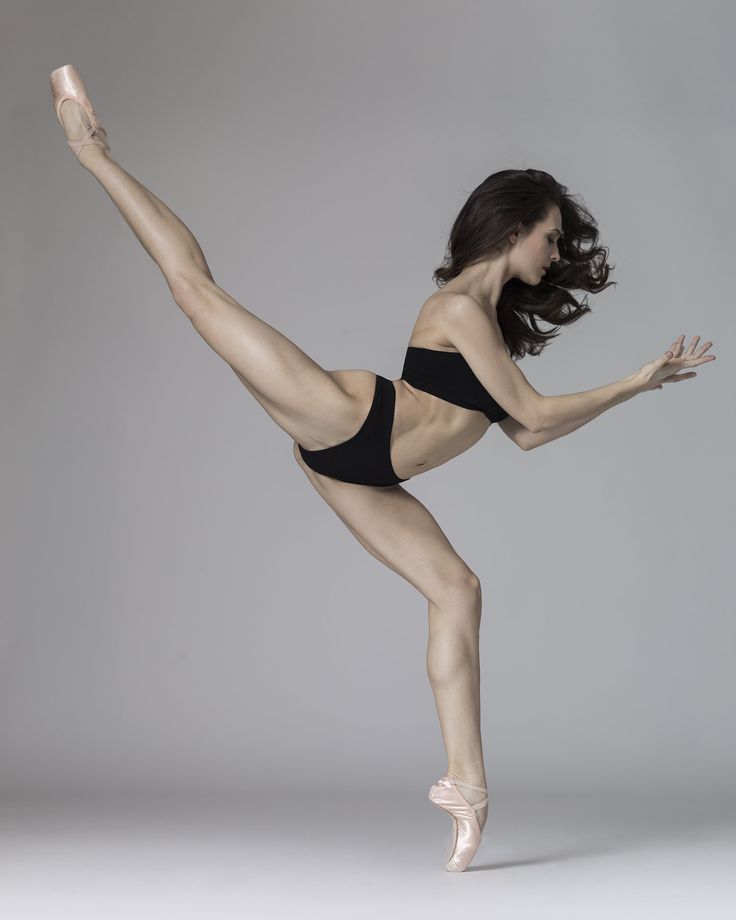
Meet the Expert
- Brittany Cavaco is a professional ballet dancer and the director of the Steezy Studio ballet program. Her career highlights include dancing with companies such as the Washington Ballet, Los Angeles Ballet, and English National Ballet.
- Christine Bullock is a former ballerina, a fitness expert, and the creator of the Evolution 20, Super Shred, and Body Reborn fitness series, as well as the co-creator of Kayo Body Care. She is certified in yoga, Pilates, postnatal fitness, and nutritional counseling.
Safety and Precautions
These ballet exercises are low-impact, so they are easy on your joints and also strengthen your muscles to prevent injury. “These ballet-inspired toning moves are very inclusive,” says Cavaco. Even so, it is important to check in with your doctor before starting a new exercise program, especially if you have existing health conditions such as heart disease, diabetes, or high blood pressure.
Start slowly with any exercise program, stopping if you have any pain, and work your way up in intensity and duration.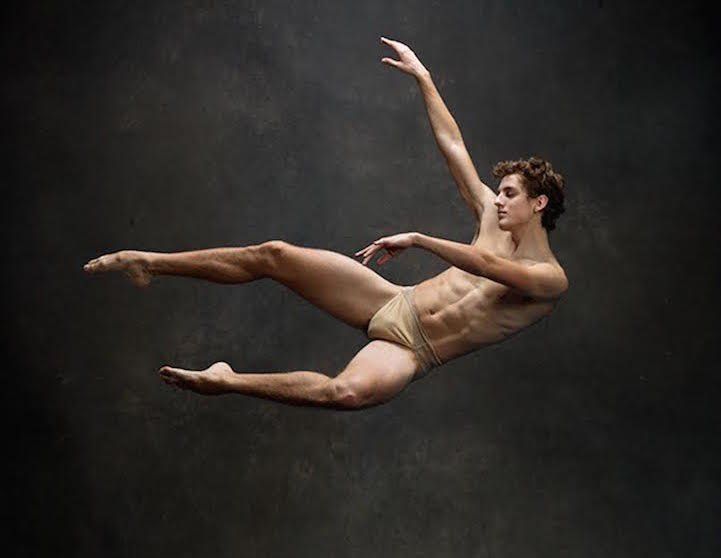 If you have prior injuries or conditions like arthritis, Cavaco recommends listening to your body and stopping if you have any discomfort. “I would suggest that people with arthritis take the pliés very slow and don’t go as deep down.”
If you have prior injuries or conditions like arthritis, Cavaco recommends listening to your body and stopping if you have any discomfort. “I would suggest that people with arthritis take the pliés very slow and don’t go as deep down.”
One of the benefits of ballet toning and ballet barre exercises is that they can help prevent future injuries. “Even if you love heavy weights or HIIT workouts, it’s beneficial to your body and goals to add barre,” says Bullock. “This type of workout can build the small muscles around joints to protect from injury. It incorporates mobility and flexibility to balance posture and sculpt longer musculature, and it still blasts calories.”
01 of 10
Plié in First Position
Steezy Studio
Plié means “to bend,” and it is the best exercise for your glutes and legs. “This traditional ballet exercise is the first step we do in every ballet class, and it is the bread and butter of all ballet moves,” says Cavaco. There are two types of pliés: a demi plié (meaning small or half) and a grand plié (meaning big or full).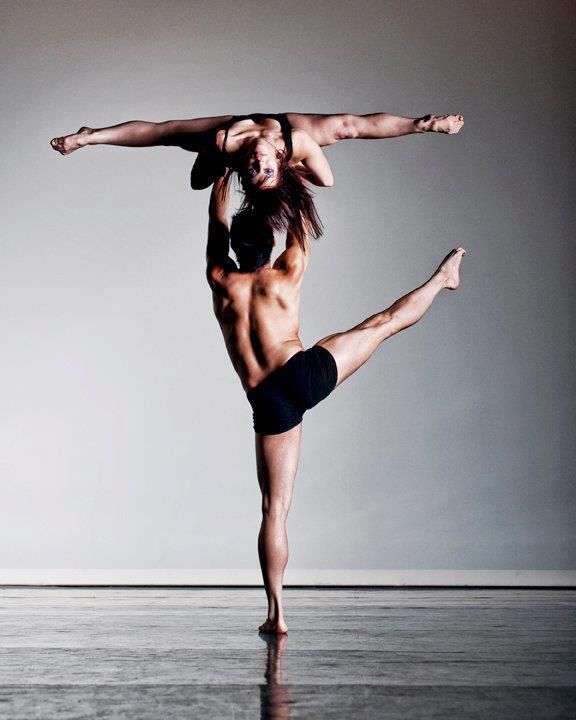 She recommends doing each type of plié in this exercise sequence.
She recommends doing each type of plié in this exercise sequence.
- Start with a demi plié in first position. Your heels should be touching and your toes pointed outward.
- Your legs will be straight to start, glutes engaged, and pelvis slightly tucked.
- Bend your knees, going down about halfway, with your heels still on the floor.
- You will create a diamond shape with your legs. This is your demi plié.
- To do a grand plié, just continue all the way down until your glutes are hovering over your heels.
- In between each plié, come back up to straight legs.
- Perform three demi pliés followed by one grand plié. Repeat this sequence for three to five sets.
“Try to keep your pelvis and glutes under you. It’s tempting to let them go back like a squat, but try to avoid that if possible,” says Cavaco. “Also, make sure to have your knees go over your first and second toes in each plié to avoid any knee discomfort.”
02 of 10
Plié in Second Position
Steezy Studio
This is the same exercise as the first position plié, however, you will be standing in what ballerinas call the second position.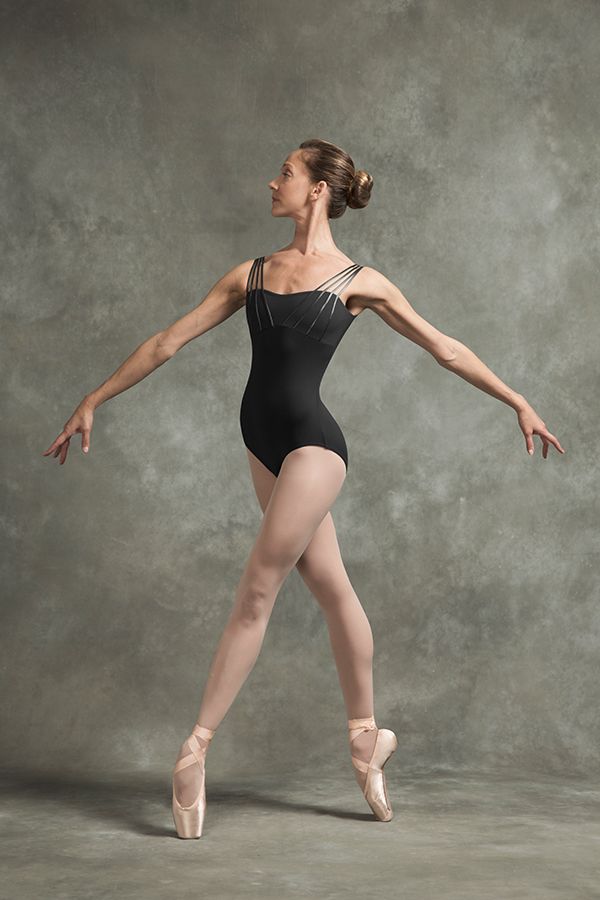 You will also perform both the demi plié and the grand plié (pictured above) in this sequence.
You will also perform both the demi plié and the grand plié (pictured above) in this sequence.
- Stand in second position, with your feet hip-distance apart and your toes turned out.
- Perform the demi plié, in which you go halfway down.
- Return to standing.
- To perform the grand plié, bring your pelvis in line with your knees. Your heels should stay on the ground.
- Perform three demi pliés followed by one grand plié. Repeat this sequence for three to five sets.
03 of 10
Jeté
Steezy Studio
“This will ignite your inner thighs,” says Cavaco, who explains that “jeté” means “to throw.”
- Start in fifth position, with both feet turned out and one in front of the other. Your front foot’s heel should touch the back foot’s toe.
- Your outside leg will go out to the side at 45 degrees and then close in fifth position, with this leg in the back instead of the front.
- Continue doing this movement, alternating front and back.
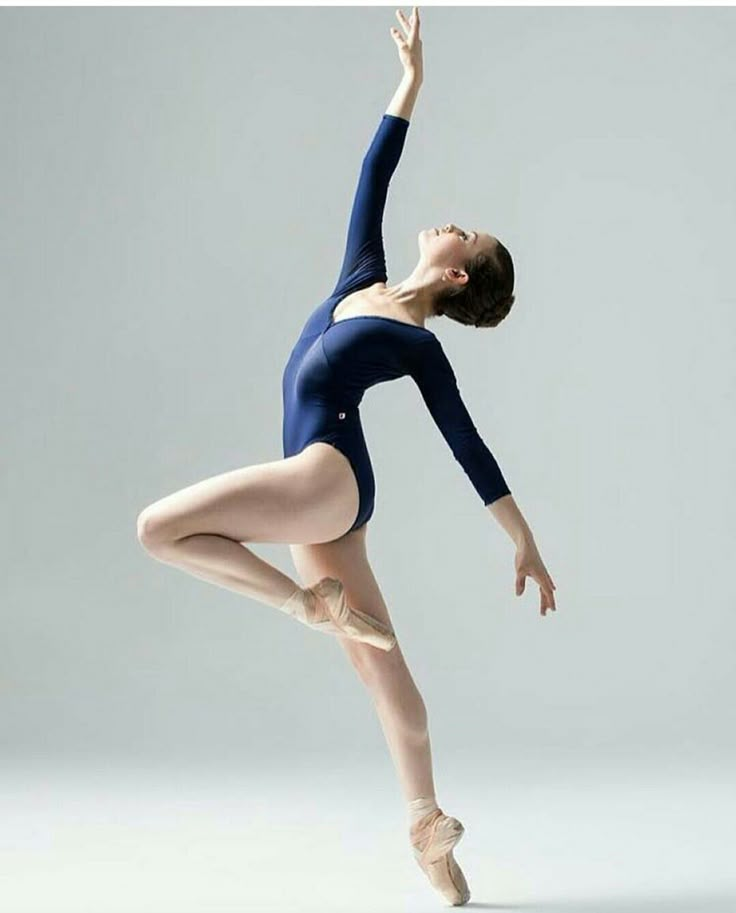
- Repeat on the other leg.
- Do as many repetitions as you can for one minute.
“Make sure that both legs stay as straight as possible the entire time,” says Cavaco.
04 of 10
Leg Circles
Steezy Studio
This exercise strengthens and sculpts your abdominal muscles. The bigger the circle, the more challenging it will be!
- Sit tall on your sitz bones (the bony part of your pelvis), and lean back onto your hands behind you.
- Bring your legs up to tabletop and have them glued together.
- Circle your legs around, starting to the right.
- Do this 15 times, then repeat to the left.
05 of 10
Bridging
Steezy Studio
Bridging helps lift and strengthen your bum as it works your gluteus muscles, hamstrings, and even your core.
- Lay on the ground, with your head facing toward the ceiling.
- Place your feet hip-distance apart, with your knees pointing to the ceiling.
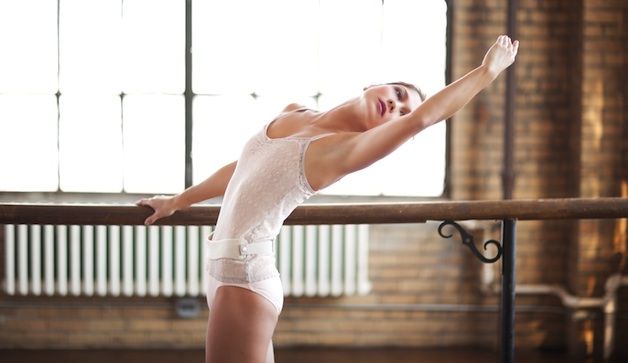
- Engage your lower abdominals, and start the movement by tucking your pelvis.
- Slowly roll up into a high bridge, lifting each vertebra in your back one by one.
- When you reach the top, hold for a moment, and slowly reverse down. Make sure that your hips are even throughout the exercise.
- Perform 20–40 reps.
06 of 10
Standing Obliques
Steezy Studio
This exercise tones and sculpts your oblique muscles, which are your side abdominal muscles. “Try not to let momentum take you up, and instead let it be driven by your muscles,” says Cavaco.
- Stand up, feet hip-distance apart. Make sure your shoulders, hips, and feet are all in the same line.
- Put your hands over your head.
- Lean to the right, and use your left oblique to slowly bring yourself back up.
- Repeat 20–30 times on each side.
07 of 10
Ballet Arms
Steezy Studio
You know how ballerinas have such beautiful arms? It is partly due to this move, which also strengthens your shoulder and back muscles.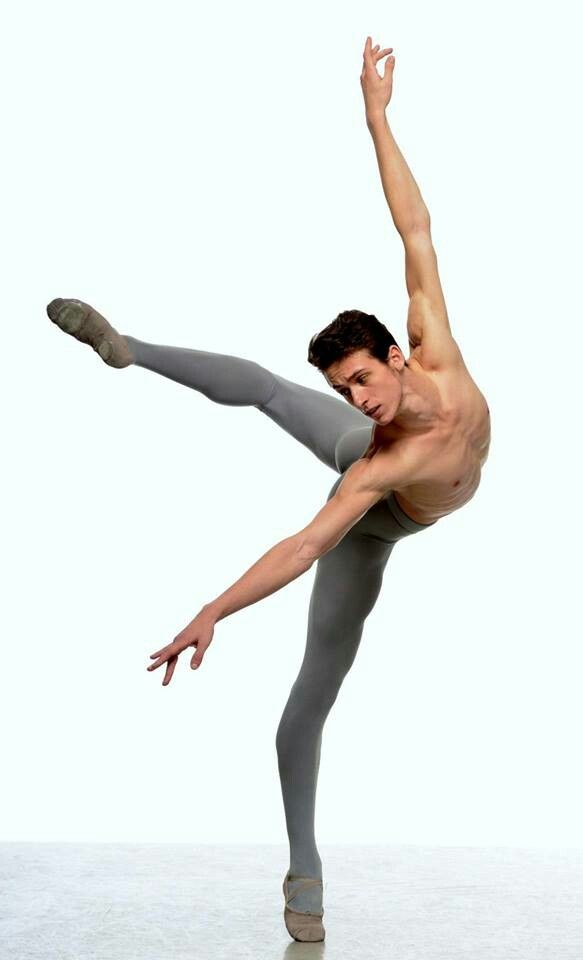
- Standing hip-distance apart, open your arms to your sides. Make sure your elbows are lifted and your forearms are curved in slightly.
- Using your lats and back muscles, bring your arms together in front of you. Imagine that you are hugging a tree.
- Reverse your arms back out.
- Make sure not to let your elbows drop and to keep your arms at shoulder height throughout the entire exercise.
- Repeat this move for 30 seconds to one minute.
08 of 10
Plank With Hip Dips
Steezy Studio
This exercise strengthens and tones your midsection, giving you that lean and graceful look of a ballerina.
- Start in a plank position, with your hands directly under your shoulders.
- Try to keep your body as long and straight as possible, from your head to your toes. Make sure your bottom isn’t sticking up.
- Engage your lower abdominals, and shift your hips to one side. Come back to the middle, and then shift them to the other side.
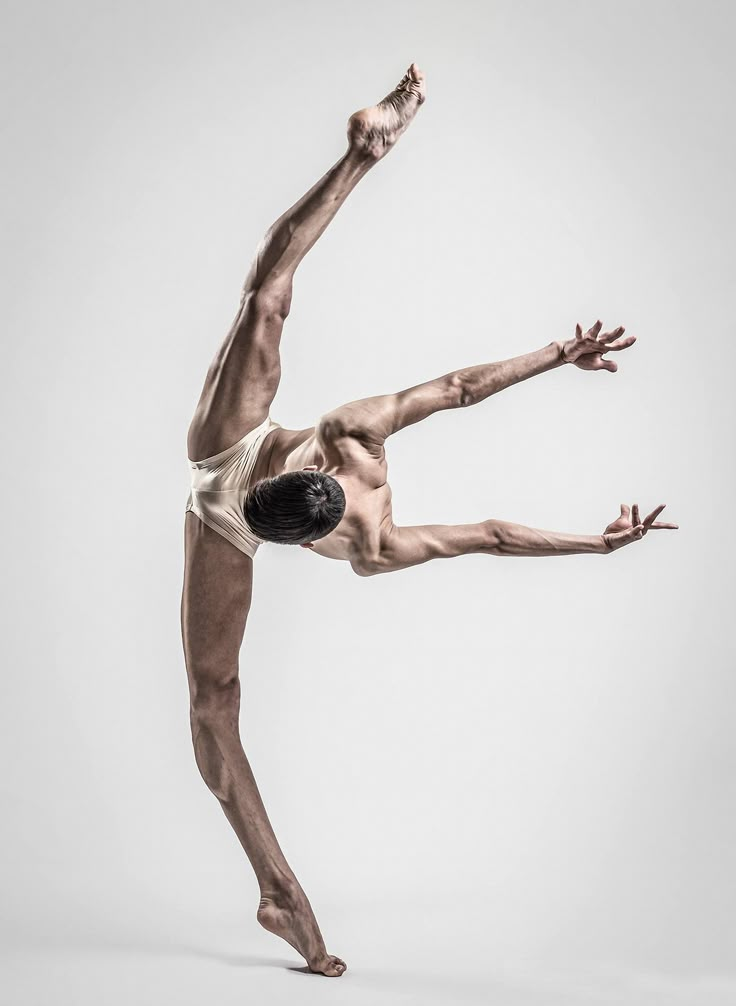
- Lift your shoulders up and out throughout the entire exercise.
- Repeat 15 hip dips on each side.
09 of 10
Inner-Thigh Lifts
Steezy Studio
This thigh-lift exercise will strengthen and tone your inner-thigh muscles for strong and sculpted dancer’s legs.
- Lie down on your side, and take your top leg and bring it over onto the floor in front of you.
- Flex your bottom foot, lift it up about seven inches, and then lower it back down.
- Lift it high enough so you are feeling your muscle work. If you aren’t feeling it, you aren’t lifting your leg high enough.
- Perform 30–40 reps on each side.
10 of 10
The Swan
Steezy Studio
“The goal here is to look like a beautiful swan,” says Cavaco. “Let your arms be engaged, but not stiff.”
- Stand hip-distance apart, with your hands by your hips.
- Let your elbows lead your arms as they travel up above your head and then come back down.
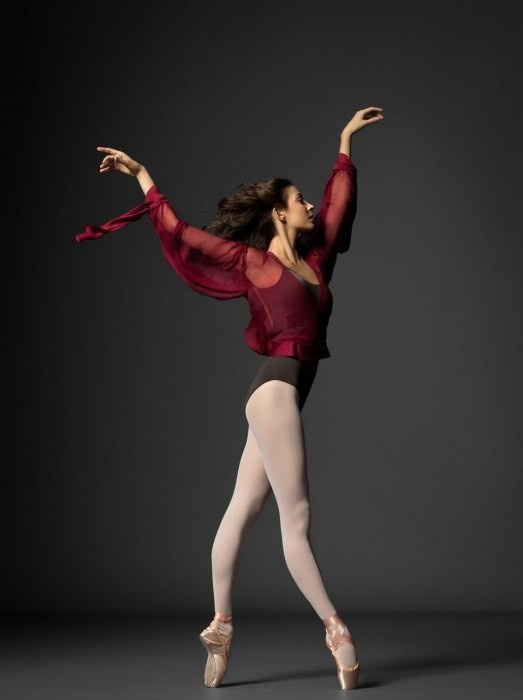
- Make sure not to let your shoulders creep up toward your ears, and avoid any tension in your head, neck, or chest.
- Repeat this move for 30 seconds to one minute.
10 Best Lightweight Arm Exercises for Sculpted Muscles
Article Sources
Byrdie takes every opportunity to use high-quality sources, including peer-reviewed studies, to support the facts within our articles. Read our editorial guidelines to learn more about how we keep our content accurate, reliable and trustworthy.
American Academy of Orthopedic Surgeons. Safe exercise. Updated February 2018.
How to achieve a perfect figure without dumbbells and simulators
June 29, 2016#I create myself #adidasurbantriHealth
It is said that ballerinas train for hours on end at the barre and do not eat anything. That is why they are so light and airy. Body ballet does not require such sacrifices, although ballet endurance is needed in it. But what a result!
Share
0 I continue to explore different sports as part of the adidas "I create myself" project.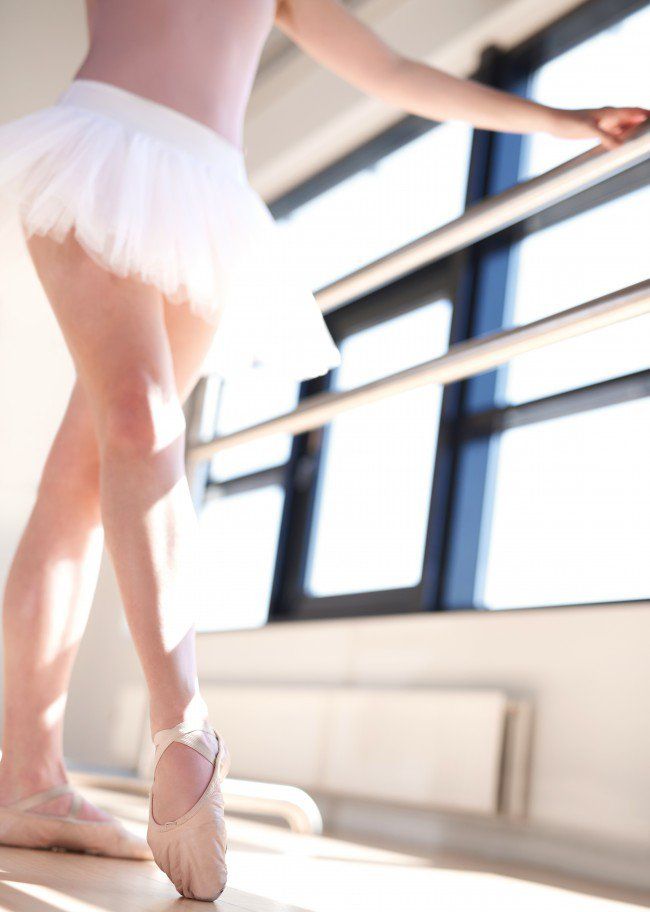 I am looking for the perfect workout that will help keep myself in shape and will interest in something other than sports results, inspire and make me take myself seriously.
I am looking for the perfect workout that will help keep myself in shape and will interest in something other than sports results, inspire and make me take myself seriously.
Body or ballet
I was a little nervous going to body ballet. I am one of those people who collect all the corners and fall out of the blue. What kind of ballerina am I? But for this, complex goals are needed to make it more interesting to achieve them.
adidas #I'm creating myself In the training session that took place at Strelka, there was much more bodysuit than ballet. From the outside, the lesson might have seemed like a simple group aerobics, if not for one thing: the same ballet. This meant that any movement must be performed with lowered shoulders and a straight back (ballet posture), keeping the legs turned out, in ballet positions. Well, the hands should move smoothly and beautifully, as if you were on stage. No squats and swings, only plies and batmans. And it's not the same at all.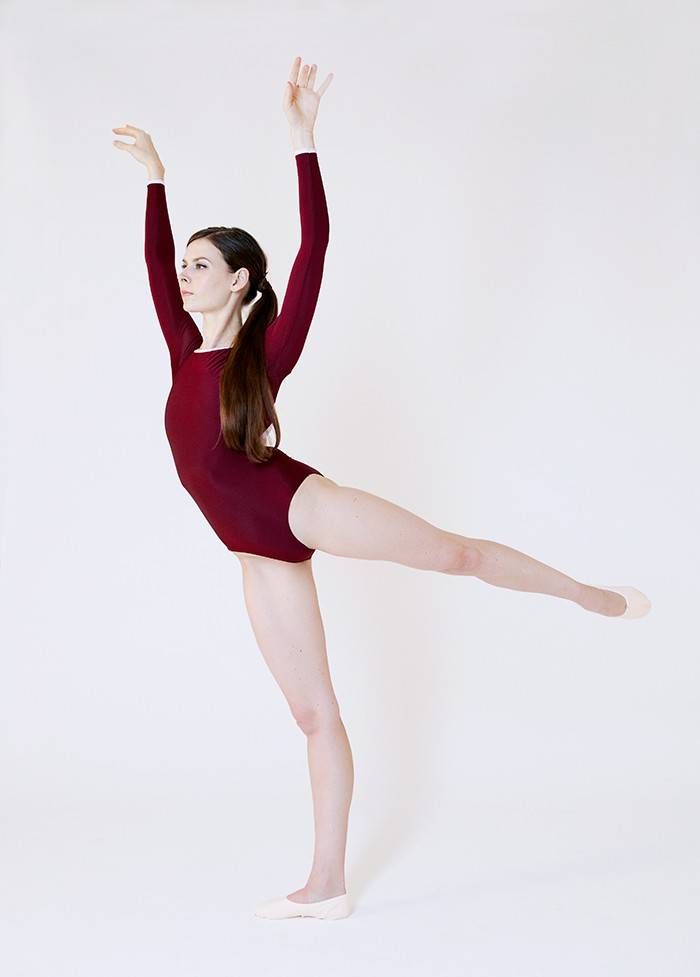 This is a special technique that makes ballerinas look so amazing.
This is a special technique that makes ballerinas look so amazing.
But plié and passé alternated with the usual cardio warm-up, asanas, everyone's favorite plank and strength exercises. The music at the sports party was also not at all classical ballet: a group of DJs was responsible for the mood and vivacity.
I wanted a little more ballet, that is, to stand at the barre and look at it all in a huge mirror. For technical reasons, this was not possible: the training took place in the open air.
In general, body ballet is a very modern art form. And he is needed not so much for dancing, but for strength and self-creation in the truest sense of the word.
Perfection is difficult
The exercises that Lilia Skovorodnikova showed us help mold the body like a sculpture, work out all the muscles and at the same time make them beautiful.
adidas #ICreateMyself As the workout progressed, the hard truths were revealed to me.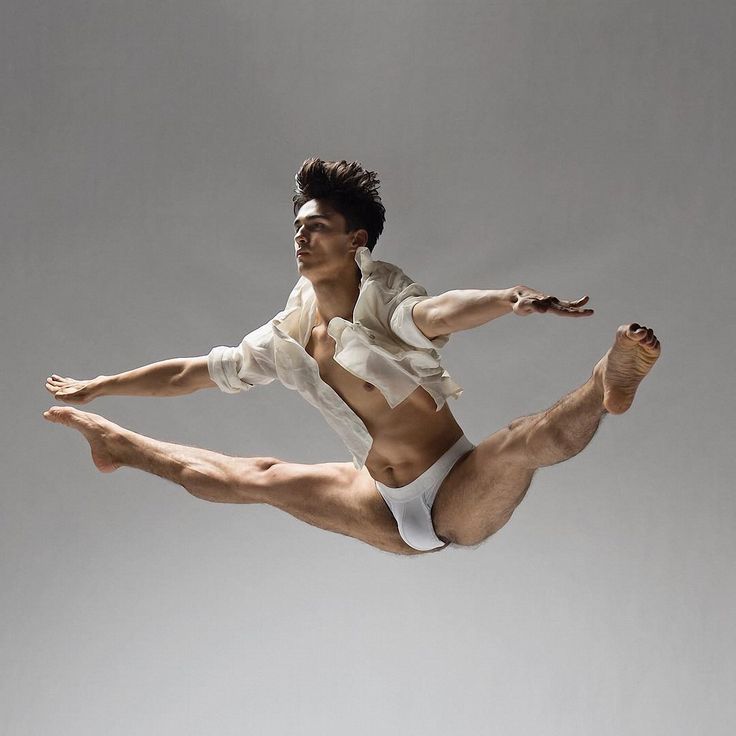
- The leg does not turn out. It must be taken with hands and made in such a way that ballet is born in it.
- When the leg is turned, it will not rise. No way. And all because it is not enough to know anatomy in order to control your muscles. You need to train them.
- If you twist your leg correctly and still lift it, it will be terribly difficult. It is terribly difficult to contain pride in oneself.
Lilia Skovorodnikova
Ballet dancer, graduate of the Moscow Academy of Choreography at the Bolshoi Theatre, director of the classical dance studio "Balletomania"
Body ballet is a mixture of fitness, yoga, ballet, stretching, dance. I believe that this is just what modern girls need to be both strong and graceful. Body ballet is a strong load, and since the muscles work correctly, they form a beautiful toned body.
Approximately in the middle of the session, I had a desire to get up, roll up the mat and leave. Yes, I just do not know how to move my arms and legs in this position!
adidas #ICreateMyself I was held back by a memory, oddly enough, of a doctor's office.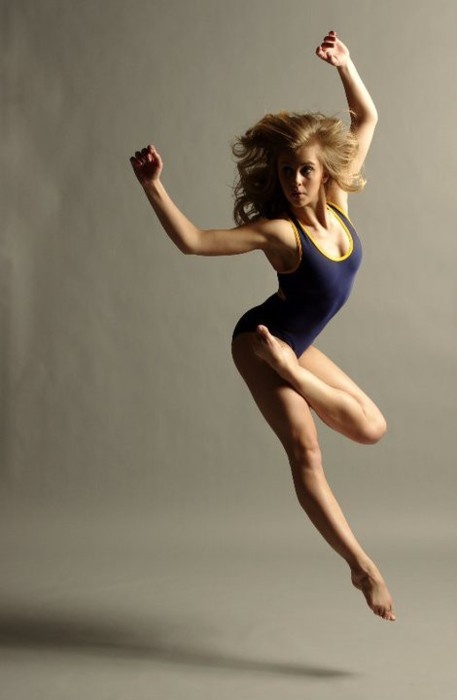 It just so happened that I have to monitor the condition of the spine, constantly check with a neurologist and take courses of therapeutic massage. My doctor said:
It just so happened that I have to monitor the condition of the spine, constantly check with a neurologist and take courses of therapeutic massage. My doctor said:
Nastya, your posture problems are not caused by weak back muscles, you work them out. Your hip rotators do not work, because of the incorrect position of the pelvis, the spine also moves to the side.
adidas #I create myselfAnd only at the “I create myself” training in body ballet did I fully understand what the doctor was talking about. These muscles don't work for me! They almost do not get the load in everyday life, and in standard training they are given little attention. At least my exercise should consist of body ballet if I want to keep a cheerful gait until old age.
adidas #I'm creating myself But how hard it is. The final stretch was much cooler than the usual training hitch, we wanted to get the most out of our ligaments and muscles. Ballet is unthinkable without splits and flexibility, such stretching always involves exercising through pain.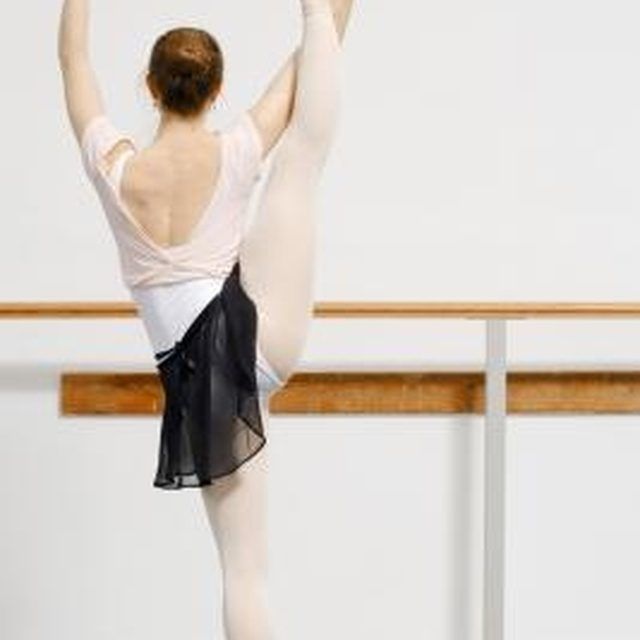 So, it hurt, but I rested.
So, it hurt, but I rested.
Why body ballet is worth doing
I would never believe that someone would willingly subject themselves to such grueling workouts two or three times a week. But Strelka was attended by girls who have been fond of body ballet for a long time. And you know what? They are unrealistically beautiful.
adidas #IcreatemyselfAfter class, the girls were given fruit smoothies. They were very useful, because the reserve of forces required urgent replenishment. While sipping on a fruit cocktail, I asked Lilia if body ballet would really help to make a figure like hers. “Of course, but for classes two or three times a week,” Lilia answered. And I believe her.
adidas #I'm creating myselfBy the way, you still have time to register for a training session and test the effect of body ballet on yourself. Or choose something else from the "I create myself" program.
Diana Vishneva: “After the birth of my son, I was looking for my body again.
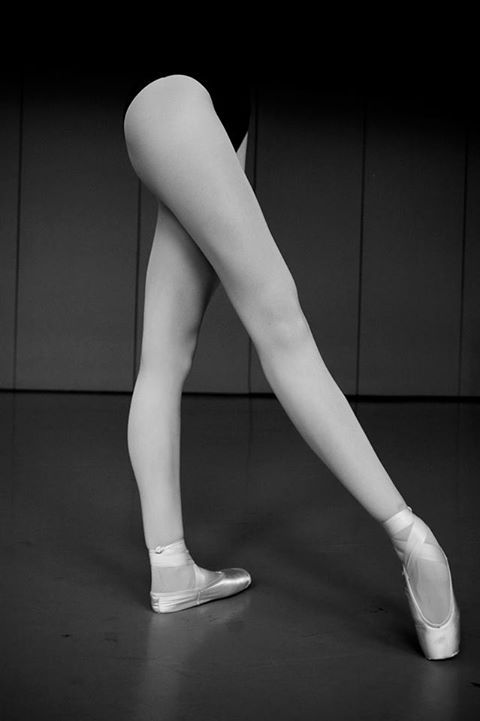 It turned out to be a very exciting process!”
It turned out to be a very exciting process!” Health
How to rewrite the neural connections of the brain? Try dancing! From classical ballet to the practice of deep contact with the body, from ideal movement to its meaning — prima ballerina Diana Vishneva spoke about her personal experience to Sobaka.ru.
Shock content! The ballerina of the Vaganova school dances Pina Bausch and Ohada Naharina! How can you explain it?
Classic requires constant training of the body: you achieve the perfection of movement only through its taming. Eight years of school you put your back, legs, achieve a certain position of the joints, each vertebra, hand, until you perfect the simple closing of the hand, which you have done millions of millions of times since childhood: quality is born only after quantity. A ballet dancer is a miner. After school, you still need ten years of professional growth, and as soon as you understand exactly how to dance, five years of zenith - and a pension. Such a limited time in development and my greed for dance pushed me to search for new forms. After all, someone understands that the time has come to get a second, third education, develop or learn a new language.
Such a limited time in development and my greed for dance pushed me to search for new forms. After all, someone understands that the time has come to get a second, third education, develop or learn a new language.
How did your body react to the transition from clear mathematical movements to fluidity, for example, modern or eider?
I was faced with the fact that the body turned out to be so chained into the framework of the classical movement that I just had to forget everything, as if under hypnosis. But that doesn't happen! And serious intellectual work began to reformat, reboot yourself and your computer in your head, rewrite all connections with the body. Only after that you can master a new style, genre, technique.
Choreographer Martha Graham said: “I'm not interested in how people move. I'm interested in what drives them." What motivated you when you decided to dance in her "Labyrinth"?
I turned to Martha Graham at the moment when I realized that I wanted to feel the power of a woman.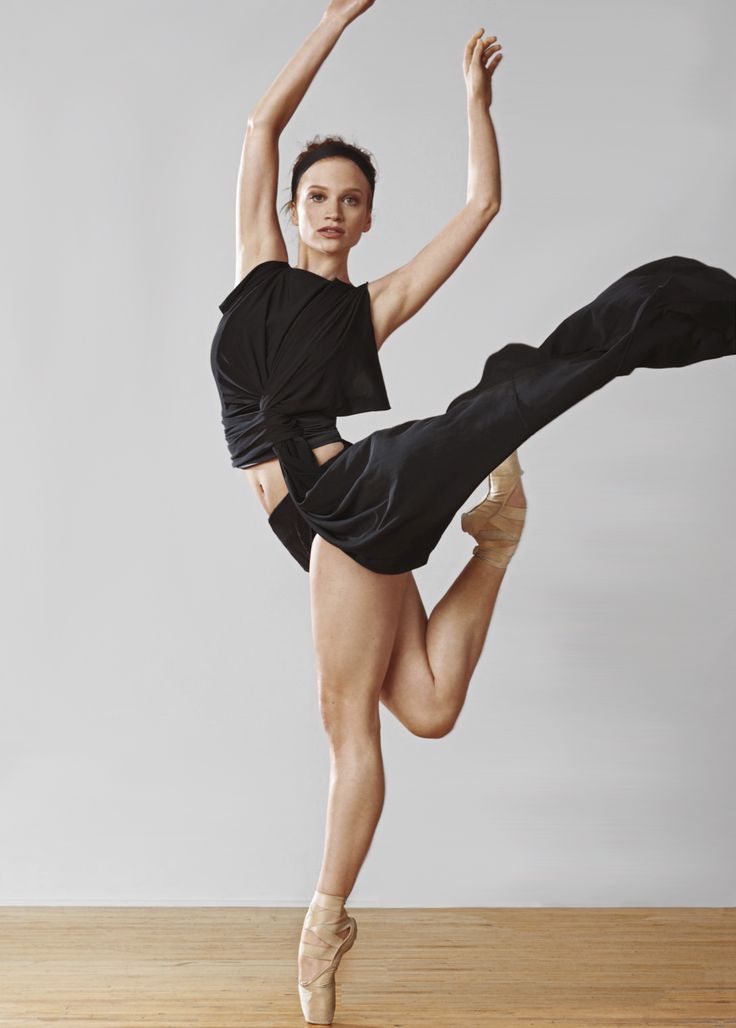 I have already mastered Sleeping Beauties and Ephemeral Princesses, danced Neumeier, Forsyth, and I wanted something completely different. If usually you stand on your toes to rise and be weightless, then in the play Graham you have to find your gravity, as if your body weighs a ton. Not a single classical Russian ballerina has ever danced with Martha Graham, because her technique is incompatible with the school of academic dance.
I have already mastered Sleeping Beauties and Ephemeral Princesses, danced Neumeier, Forsyth, and I wanted something completely different. If usually you stand on your toes to rise and be weightless, then in the play Graham you have to find your gravity, as if your body weighs a ton. Not a single classical Russian ballerina has ever danced with Martha Graham, because her technique is incompatible with the school of academic dance.
Dancing, you rewrite the system of neural connections in the brain, you become a different person.
What was the reaction of your environment?
They told me: “We understand your zeal, but you will simply get injured!” But if I start something, then I can't be stopped. And I can say that when the body collapses from another type of physical activity, it is very hard, a real break. That is why not everyone is able to give up themselves, start anew, take risks.
Has anything psychologically changed for you?
Of course! Especially when it comes to the role drawing.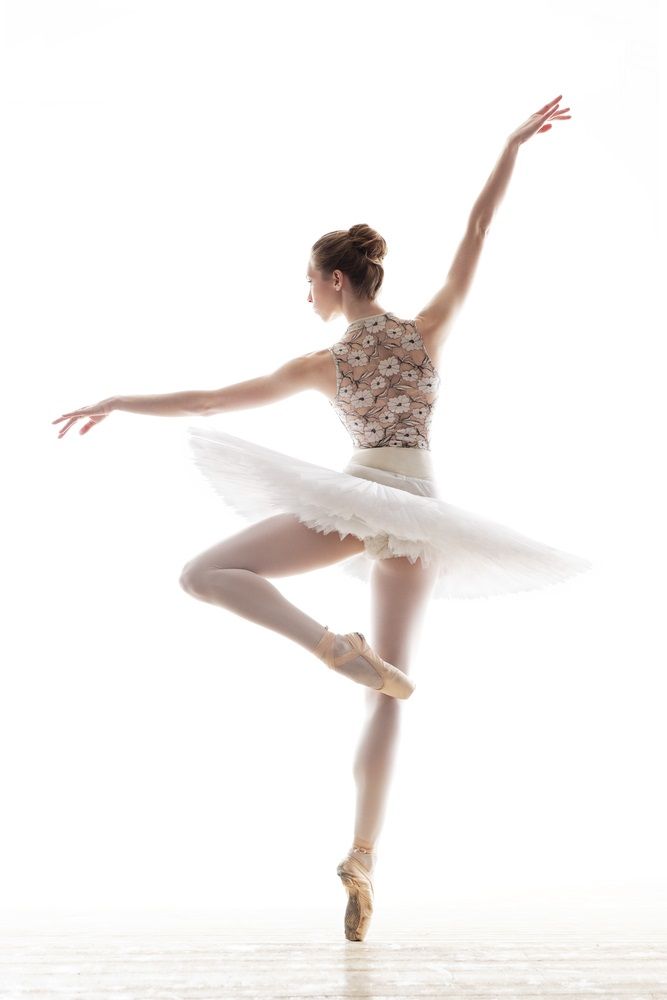 Parts like Giselle or Odette-Odile are quite dramatic and deep. But when you turn to modern choreography, you understand that this is an absolutely unnatural depth of feelings. "Humanization" of dramaturgy occurs only through modern choreography. Classics are in some way a vise and a mental framework. Step to the left, step to the right - everything will collapse: very rigid rules, shapes, proportions, head turns. And you lose your nature, you follow exactly the role, structure, line, movement. You improve them, bring them to the ideal, but they have nothing to do with your gut. Modern choreographers see you from the inside, like an x-ray, they seem to reveal you to yourself, and a completely different breathing begins, as if you had never breathed at all before. You understand who you really are. And in the dance you speak not from the character, but from yourself.
Parts like Giselle or Odette-Odile are quite dramatic and deep. But when you turn to modern choreography, you understand that this is an absolutely unnatural depth of feelings. "Humanization" of dramaturgy occurs only through modern choreography. Classics are in some way a vise and a mental framework. Step to the left, step to the right - everything will collapse: very rigid rules, shapes, proportions, head turns. And you lose your nature, you follow exactly the role, structure, line, movement. You improve them, bring them to the ideal, but they have nothing to do with your gut. Modern choreographers see you from the inside, like an x-ray, they seem to reveal you to yourself, and a completely different breathing begins, as if you had never breathed at all before. You understand who you really are. And in the dance you speak not from the character, but from yourself.
So you started dancing differently?
Yes, it helped me tremendously in the classical repertoire: I became organic.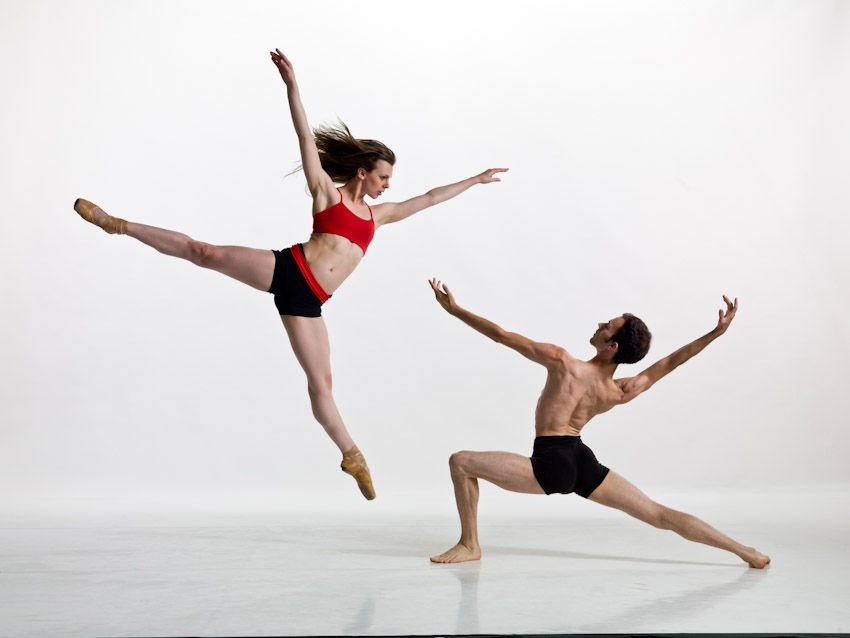 I don’t portray Juliet, but become her: it’s as if I’m starting to get younger with my role. Psychosomatics and imagination work, but it is precisely modern technology and work directly with the choreographer that gives it.
I don’t portray Juliet, but become her: it’s as if I’m starting to get younger with my role. Psychosomatics and imagination work, but it is precisely modern technology and work directly with the choreographer that gives it.
Sounds like real therapy!
Yes, but all this is given through certain thorns. You must be able to open up, trust the choreographer and believe in yourself. Like a cabbage: removing the leaves, get to the core so that something is born.
What was the most unexpected discovery for you?
Perhaps the eider technique of the Israeli choreographer Ohad Naharin. Roughly speaking, this is the rejection of all existing techniques, the removal of blinders. We, classical dancers, always rehearse with a mirror, build a certain line with the precision of a sculptor. In Gaga, there is an absolute ban on mirrors: you draw and sculpt your body from the inside. Not looking at yourself, but plunging into yourself. You rotate not because you ask yourself this rotation, but realizing that your body can spin if you give it an impulse from fascia to ligaments and muscles. How liberated can you be to turn from solid stone into water? Imagine your own gravity? This practice changes the structure of the fabric.
How liberated can you be to turn from solid stone into water? Imagine your own gravity? This practice changes the structure of the fabric.
You begin not only to feel, but also to hear your body, to understand how malleable it is if you love it and negotiate with it.
You are back on stage after the birth of your son — you have just danced the premiere of Scheherazade directed by Alexei Miroshnichenko at the Perm Theater and in autumn you will bring to St. Petersburg a completely new multimedia ballet Sleeping Beauty Dreams. Were you afraid to take a break?
In the age of such ballerinas as Ulanova or Plisetskaya, they refused to have children for the sake of the profession, because it was not clear whether it would be possible to regain their shape. And when I gave birth, I understood why: it was like the body of a dancer, but now the leg does not rise - there is no strength in it. And again, the experience of modern dance helped me incredibly: I did not make mistakes, trying to quickly recover from stress, but negotiated with the body, listened to how it would be better and more correct.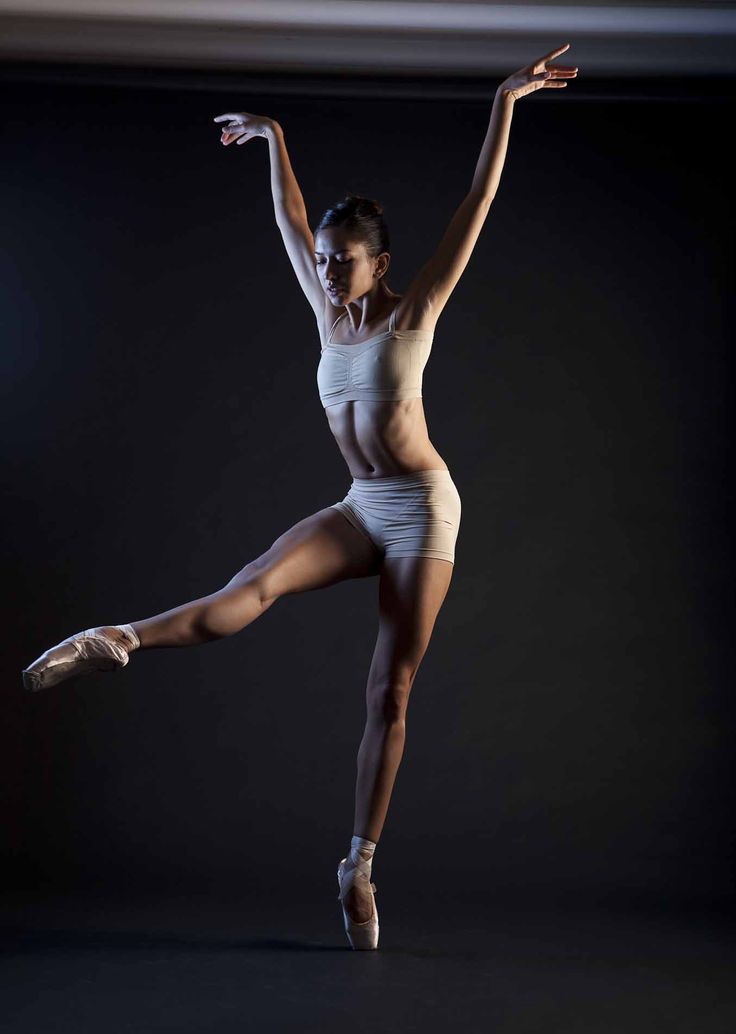 I connected Pilates, aikune gymnastics and osteopathy. I was looking for my body again. And it turned out to be a very exciting process! Soon my child is a year old, he has already traveled with us to many countries and feels great. It was as if I came to life and looked at myself in a different way both in ballet and in general in life. I can say that a son is the greatest happiness in my destiny.
I connected Pilates, aikune gymnastics and osteopathy. I was looking for my body again. And it turned out to be a very exciting process! Soon my child is a year old, he has already traveled with us to many countries and feels great. It was as if I came to life and looked at myself in a different way both in ballet and in general in life. I can say that a son is the greatest happiness in my destiny.
Have you opened a Context Pro dance studio in New Holland for professionals, or even someone who is a little more graceful than a hippo can try dancing?
Every person should move and dance, because this is not only self-education, but also love for one's body. Dance rejuvenates, helps to see oneself in a different coordinate system. A dance lesson is concentration and meditation, besides, by mastering new movements, you rewrite the system of neural connections in the brain, you become a different person. Having loved yourself in your body, understanding its capabilities and beauty, you extrapolate this love to the world around you.